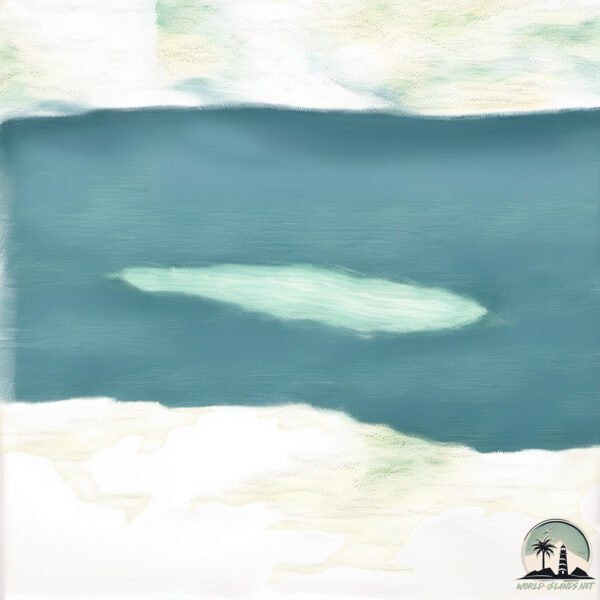Table

Welcome to Table, a Polar island in the The Northwestern Passages, part of the majestic Arctic Ocean. This guide offers a comprehensive overview of what makes Table unique – from its geography and climate to its population, infrastructure, and beyond. Dive into the details:
- Geography and Size: Explore the island’s size and location.
- Climate and Weather: Weather patterns and temperature.
- Topography and Nature: Uncover the natural wonders of the island.
- Infrastructure and Travelling: Insights on reaching, staying, and making the most of your visit.
- News and Headlines: Latest News.
Geography and size of Table
Size: 59.4 km²
Coastline: 68.7 km
Ocean: Arctic Ocean
Sea: The Northwestern Passages
Continent: North America
Table is a Medium Island spanning 59 km² with a coastline of 69 km.
Archipel: Queen Elizabeth Islands – The northernmost part of the Canadian Arctic Archipelago, the Queen Elizabeth Islands are a collection of about 35 major islands. This remote and sparsely populated region is characterized by its polar climate, ice caps, and glaciers. The islands are named in honor of Queen Elizabeth II and are home to diverse Arctic wildlife, including polar bears and seals, and are important for climate research.
Tectonic Plate: North America – Covers North America and parts of the Atlantic and Arctic Oceans, characterized by diverse geological features and varying levels of seismic activity.
The geographic heart of the island is pinpointed at these coordinates:
Latitude: 77.21024989 / Longitude: -95.38708362
Climate and weather of Table
Climate Zone: Polar
Climate Details: Tundra
Temperature: Cold
Climate Characteristics: The tundra climate features long, extremely cold winters and short, cool summers. Vegetation is limited to mosses, lichens, and small shrubs due to the low temperatures and short growing seasons. Biodiversity is low, but some specialized species thrive.
Topography and nature of Table
Timezone: UTC-06:00
Timezone places: America/Chicago
Max. Elevation: 176 m
Mean Elevation: 64 m
Vegetation: Snow and Ice Covered
Tree Coverage: 20%
The mean elevation is 64 m. The highest elevation on the island reaches approximately 176 meters above sea level. The island is characterized by Plains: Flat, low-lying lands characterized by a maximum elevation of up to 200 meters. On islands, plains are typically coastal lowlands or central flat areas.
Dominating Vegetation: Snow and Ice Covered
These areas are permanently or seasonally covered in snow and ice, with little to no vegetation, such as polar regions and high mountains. Table has a tree cover of 20 %.
Vegetation: 5 vegetation zones – Highly Diverse Island
With five different vegetation zones, these islands offer a rich tapestry of ecosystems. The variety could include dense forests, open meadows, wetlands, coastal zones, and more. This level of diversity supports an intricate web of life, with each zone playing a vital role in the overall ecological health and balance of the island.
Infrastructure and Travelling to Table
Does the island have a public airport? no.
There is no public and scheduled airport on Table. The nearest airport is Resolute Bay Airport, located 274 km away.
Does the island have a major port? no.
There are no major ports on Table. The closest major port is RESOLUTE BAY, approximately 282 km away.
The mean population of Table is 0 per km². Table is Uninhabited. The island belongs to Canada.
Continuing your journey, Cornwall is the next notable island, situated merely km away.
Discover the Perfect Kitchen Island for Your Home - Types of Kitchen Islands Explained



Canada is classified as Developed region: G7: Group of Seven – Major advanced economies, including Canada, France, Germany, Italy, Japan, the United Kingdom, and the United States. The level of income is High income: OECD.
News – Latest Updates and Headlines from Table
Stay informed with the most recent news and important headlines from Table. Here’s a roundup of the latest developments.
Please note: The data used here has been primarily extracted from satellite readings. Deviations from exact values may occur, particularly regarding the height of elevations and population density. Land area and coastline measurements refer to average values at mean high tide.
